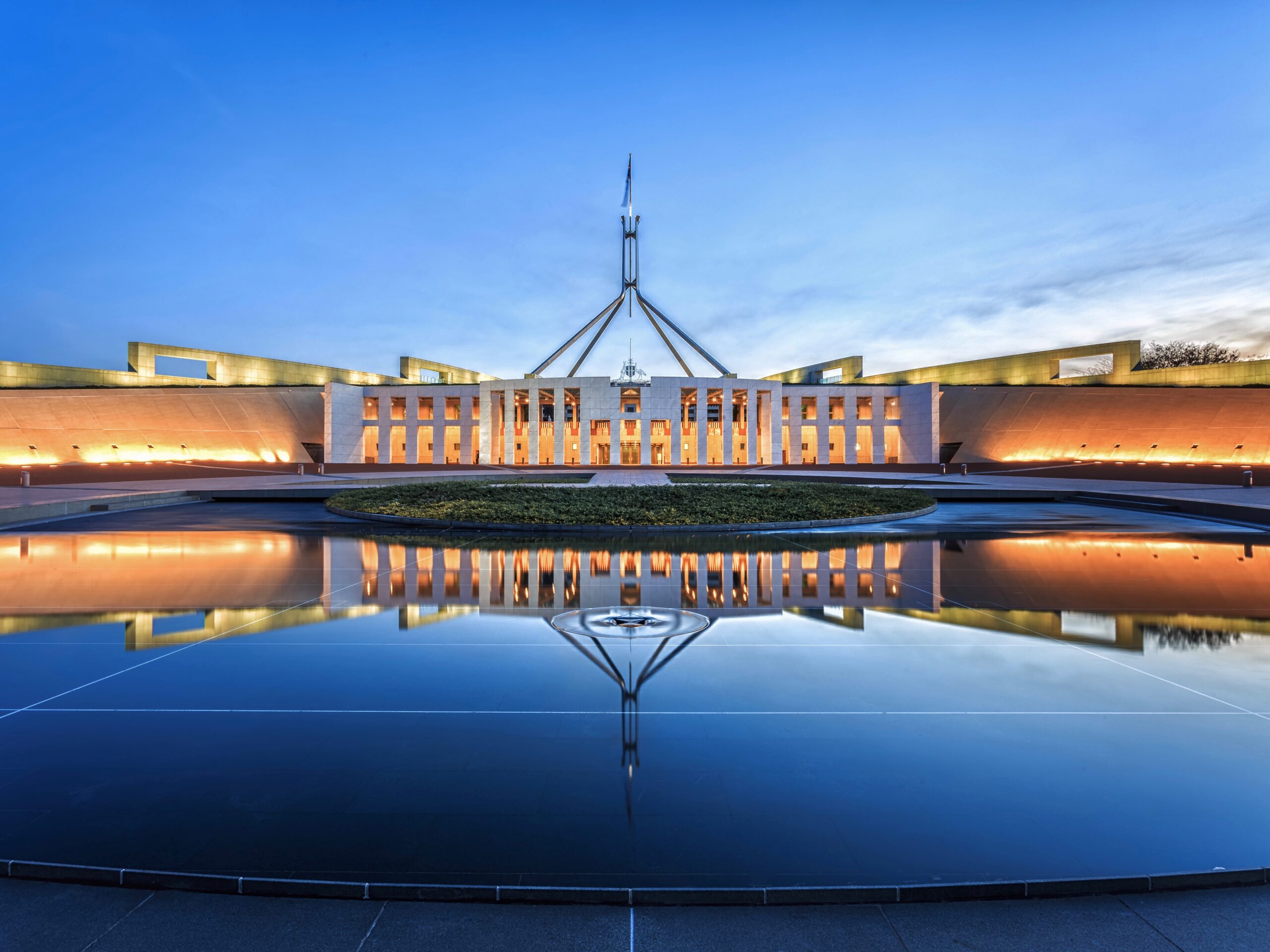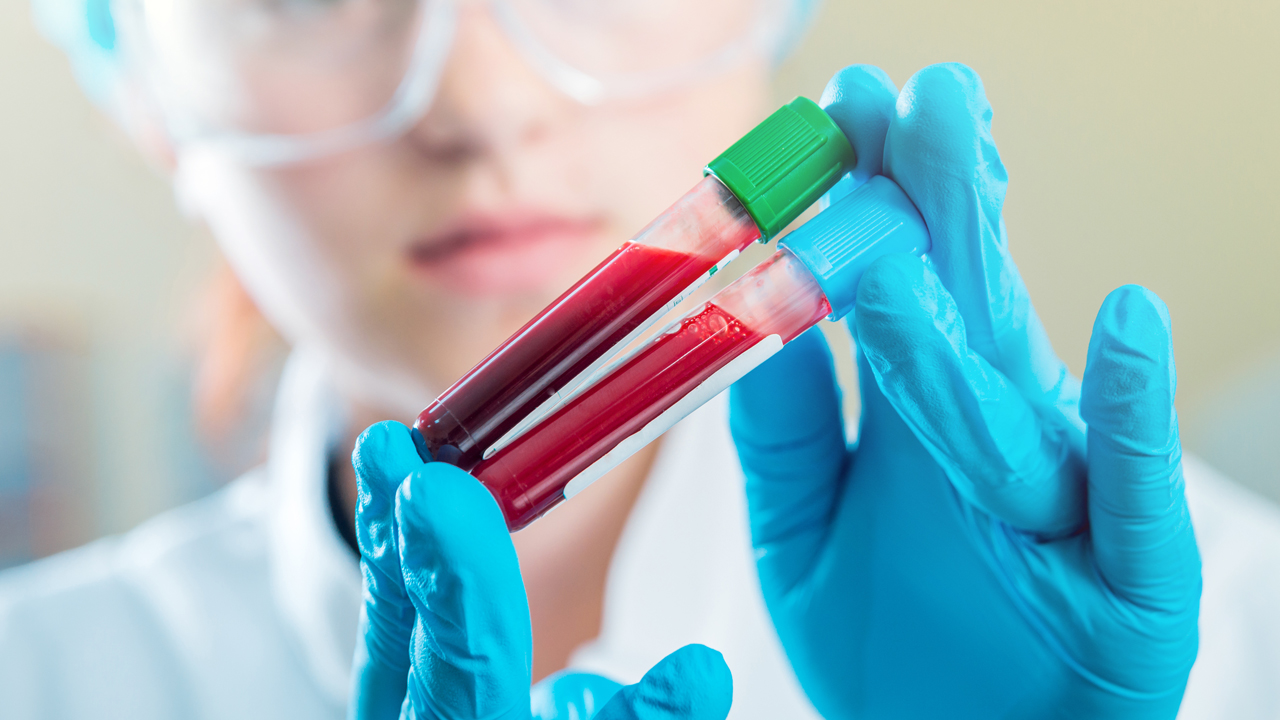Research Australia’s Pre-Budget submission to the Treasurer acknowledges the progress made since the election. This includes putting Australian innovation and industry on a stronger footing by introducing the legislation to create the National Reconstruction Fund and Australia’s Economic Accelerator (first proposed by the previous Government). These measures are recognition the Government shares Research Australia’s view that it is no longer good enough to just sell off our best ideas to the rest of the world.
Australia has world leading health and medical research but current investment is inadequate, poorly aligned and failing to deliver on the potential health and economic benefits. In summary, Research Australia has recommended:
-
- A National Medical Products Industry Plan with the aim of Australia becoming a net exporter. This can capitalise on the Government’s commitment to the National Reconstruction Fund, and help secure Australia’s national security, by manufacturing more of the products we rely on here in Australia.
- A National Health and Medical Research and Innovation Workforce Plan to ensure we have the workforce we need for the future.
- A national stocktake of health and medical research and development activity across Australia
- A new Clinician Researcher Fellowship Scheme to help drive innovation efficiency and improved equity in our health system
- Increased investment in research and development, especially through the funding programs of The National Health and Medical Research Council and the Australian Research Council.




